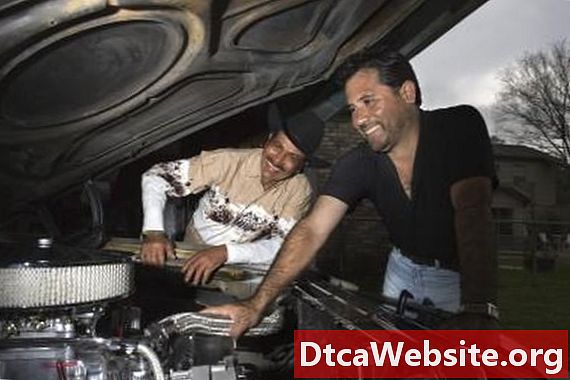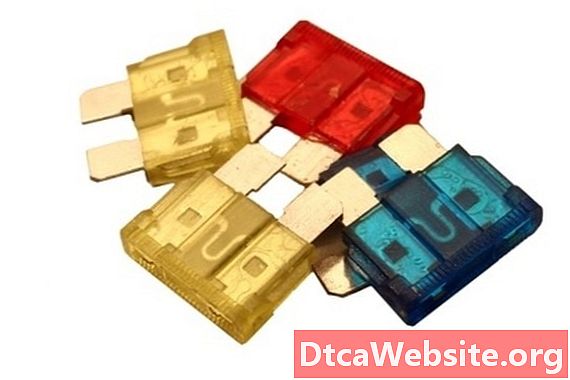
Contenu

Whether your need to replace or rebuild your LeSabres transmission (transaxle), there are two ways to remove it. One is to follow the factory procedure for uninstalling the transmission, and the other is to simply pull out it and the engine as a package. This is actually easier on most models than pulling the transmission alone and gives you the opportunity to replace worn components on the engine while you have the car apart.
Preparation and Draining
Pulling the engine and transmission on a LeSabre is about as straightforward as any front-wheel-drive engine removal. First, drain all fluids, including the engine oil, coolant, fuel and transmission fluid. While draining the transmission isnt strictly necessary, it will save you some mess later. Remove the hood and disconnect the negative battery cable before pulling any sensors.
Disconnecting the Powertrain
Prior to yanking a single wire or vacuum cable from the engine, do yourself a favor and mark each one. Wrapping each wiring harness with masking tape and marking that tape with the its location and purpose will keep the re-install from becoming a nightmare of loose wires and troubleshooting. Sensors are located in some-less-than-obvious locations. Knock sensor number two is behind and beneath the right side exhaust manifold; there are four different wiring harnesses on the transmission and a half-dozen vacuum tubes hiding under the intake plenum. Make sure to put your car into park prior to transmission removal, and try not to touch the shifter or cable afterward, or you risk having to adjust it later. It cant hurt to take pictures and draw diagrams as you disconnect the engine.
Unbolting and Removal
Remove the axles, steering column link and unbolt the exhaust y-pipe from the engine. Removing the radiator, A/C compressor, power-steering pump, starter and upper intake manifold will ease the process of removal and re-installation, but arent strictly necessary. However, this is worth considering since anything you remove from the car now cant possibly be damaged by 500 lbs. of swinging engine and transmission. Before removing any of the engine-transaxle mount bolts, go ahead and connect your engine hoist and chains to the engines lift brackets. Theres one on the back of the drivers side exhaust manifold and another on the passenger side front of the engine. Put a little tension on the engine with your hoist, and simply remove the through bolts from the powertrains three (four on some models) mounts and carefully lift the engine. This will be your last opportunity to disconnect any wiring harnesses that youve missed, so have a friend help you keep an eye out for them. Youre most likely to have missed those on the back/rear of the engine and the top of the transaxle, so stay vigilant for wires that pull suddenly taut. Once the powertrain is removed, simply place it on a heavy table, and disconnect the torque converter bolts and bell-housing bolts to separate the engine from the transmission.


